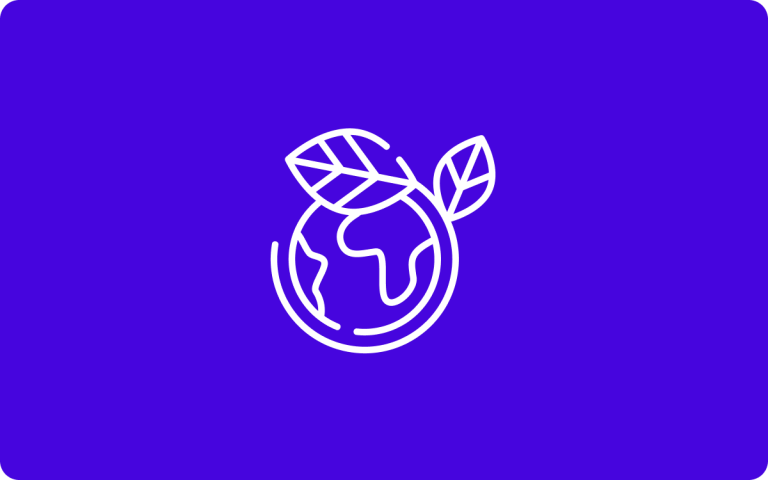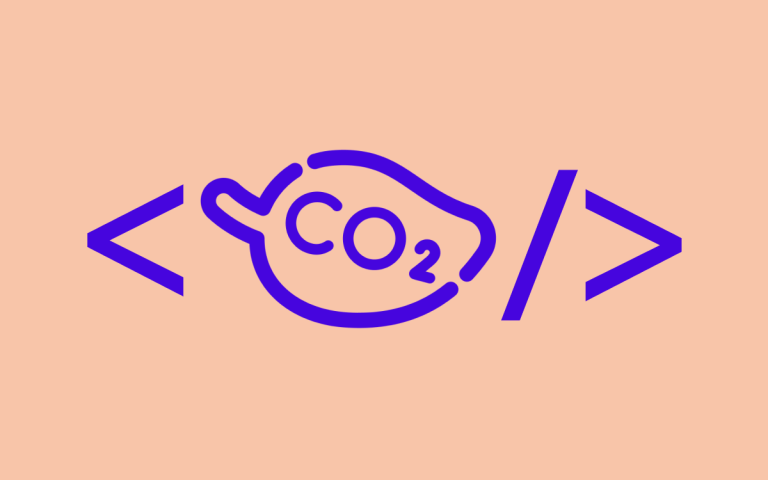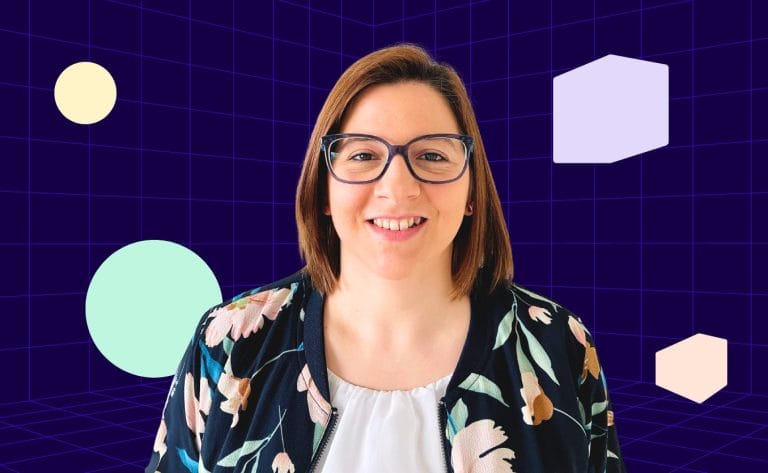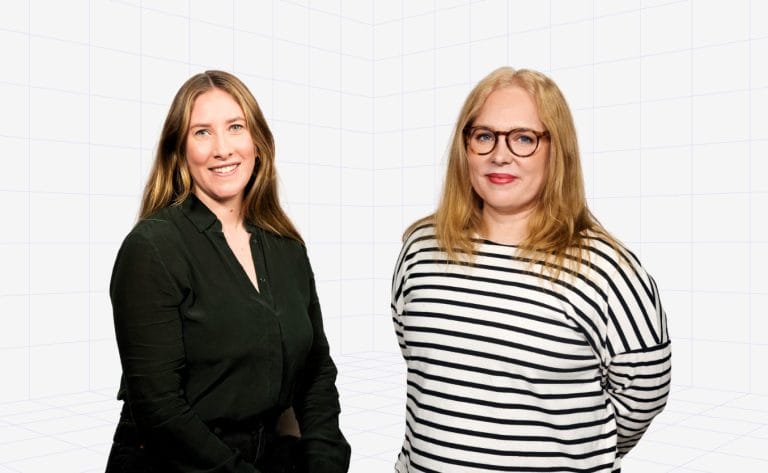
Responsibility
Green, sustainable web at Hion
Tea Dickman, founder of Hion's GSW task force
At Hion, we strive to be a part of creating socially and environmentally sustainable solutions. Join us on our journey towards greener digital services.
The estimated global carbon dioxide emissions from the ICT sector in 2021 were around 1.5 billion tonnes, and this trend is exponentially increasing. This figure includes the electricity consumption of data centers, telecommunications networks, device usage, and television viewing. When considering this as a whole, the first thought that comes to mind is how it compares to emissions from transportation or everyday consumption.
Digital media already consumes more energy annually than the entire global aviation industry, accounting for 2-5% of the world’s emissions, depending on the calculation method. To put it into perspective, these annual emissions figures are comparable to the annual energy consumption of Germany’s government, or the emissions from the Australian bushfires in 2019, which released nearly one billion tonnes of carbon dioxide into the atmosphere.
If we think about public spaces, the cleaner and more organized they are, the safer, more user-friendly, and more accessible they become. The unorganized, congested, energy-guzzling internet should evoke as much distress in us as polluted waterways, plastic-filled oceans, air travel, or polluted urban air do.
However, that’s not the case. The reason is likely that the taxing impact of the internet has not yet been widely recognized in climate policies, and its detrimental effects have not been widely acknowledged.
Jukka Manner, a research professor in network technology at Aalto University, predicts that by the end of the decade, information and communication technology will account for a fifth of the world’s energy production. Currently, 80% of internet traffic comes from video consumption, particularly for entertainment purposes. “This is the price we pay for individualism,” says Manner.
The attitude towards internet usage among modern Western individuals is indeed lenient. I count myself among this group: I consume streaming services, patch up my nonexistent social life by chatting with people on messaging apps, and snap dozens of pictures and videos of my daughter doing cartwheels without a care in the world about phone storage capacity or performance decline.
After all, we have fiber optics, that famous cloud, 5G networks, and a brand-new iPhone. The operator salespeople’s promises of unlimited bandwidth and endless storage have certainly struck a chord. By the way, I immediately started hearing a modern version of Leevi and the Leavings’ song “Onnelliset” (The Happy Ones) in my head, with lyrics like “We have 5G, digital media, fiber optic connections, and cloud services…”. I’m showing my age, I know.
Responsible behavior should be embraced as part of the digital environment. Just like in the physical world, there are limits in the digital realm as well. Every individual’s digital footprint and the amount of time spent online contribute to the overall impact. Instead of feeling overwhelmed, it’s important to take action. As a consumer of digital services, you can take the following steps right away:
- Reduce the consumption of video content: Watch news, series, and other programs together with family members or friends on the same device.
- Be offline more.
- Disable autoplay feature for videos, for example, on YouTube, and avoid using videos as background noise, e.g. for falling asleep.
- Clean up media content from your devices: Remove unnecessary photos and videos from your phone and computer. Manage your digital footprint.
- Close unnecessary tabs and programs that you are not using.
- Enable energy-saving mode on your device’s display.
- Activate low power mode on your mobile phone.
- If your vision allows, use dark/night mode on both your computer and phone. Screen LED lights consume energy, and black color on the screen means the LED light is turned off.
- Prefer wired WiFi connection over 5G whenever possible.
- Recycle, buy pre-owned, and repair old devices instead of purchasing new ones whenever possible.
Green, sustainable digital services at Hion
Towards the end of 2021, we realized as professionals in the information and communication technology sector, that we have a role to play in addressing environmental and climate issues. Based on this idea, we began to actively engage and explore the topic more extensively as a community.
We quickly formed an active task force comprising professionals from developers to designers and management, all dedicated to finding ways to reduce the carbon footprint of the services we produce and maintain. We have named this internal initiative the GSW (Green Sustainable Web) task force, and it operates across our entire organization. Our goal is to shape our services to be even more energy-efficient and user-friendly, ensuring that our code and image files are optimized. Most importantly, we are transitioning to hosting our services on Google servers, and when desired by our clients, the services run on domestically produced Finnish wind power at the data center in Hamina.
Hion’s strategy in 2023 is strongly based on the themes of sustainable digital production and the development of carbon-neutral internet content. We don’t claim to be pioneers in the field, but the journey has begun, and we have a great hunger to learn about the subject. We want to be part of creating socially and planetarily sustainable solutions, and this will be increasingly evident in the technologies, methods, and practices we choose, as well as in our selection of collaborative partners.
Read more about Hion’s green digital services
Sources:
How bad are bananas – Carbon footprint of everything. Berners-Lee, Mike. 2021.
Sustainable web design – Make greener design choices for better experiences and healthier planet. Greenwood, Tom. 2021.


